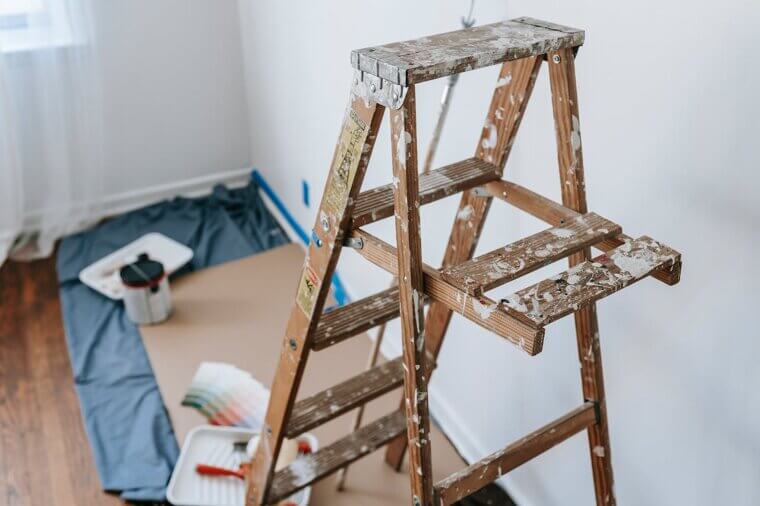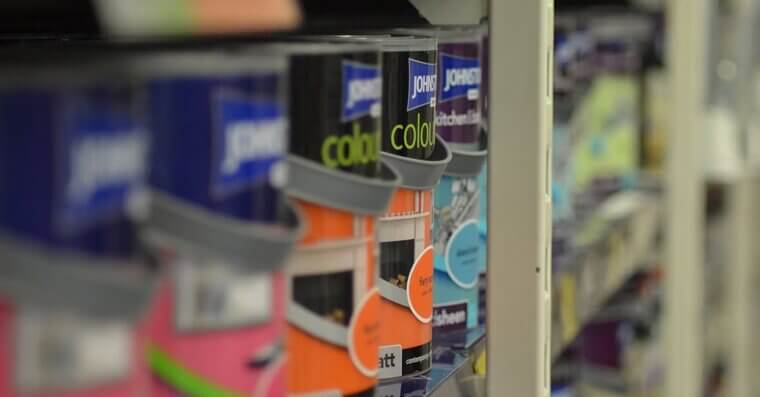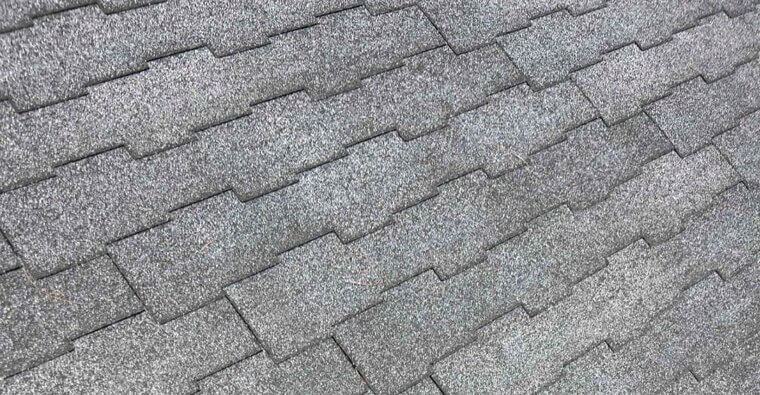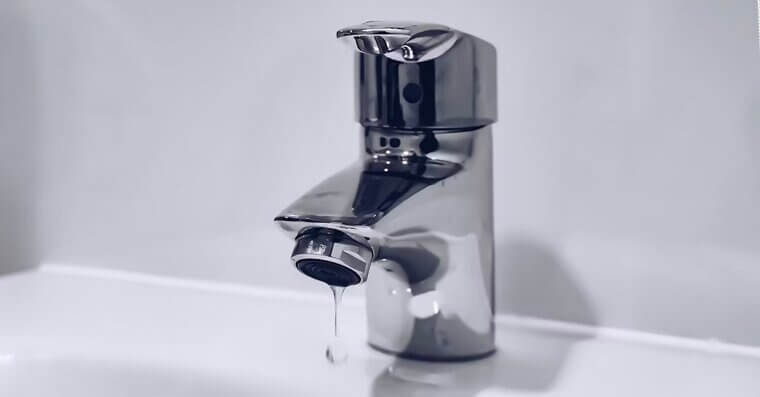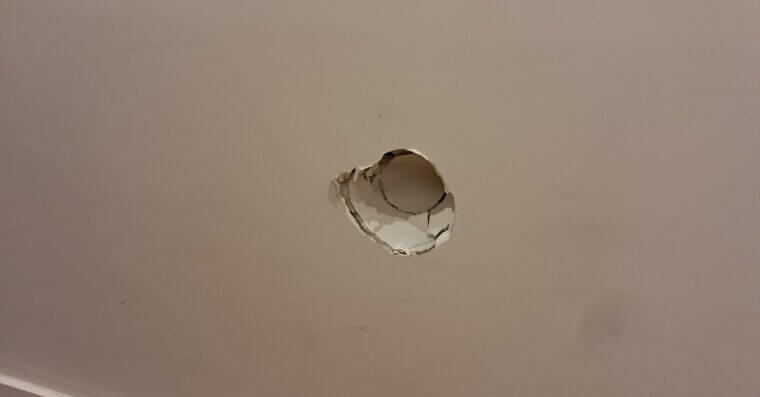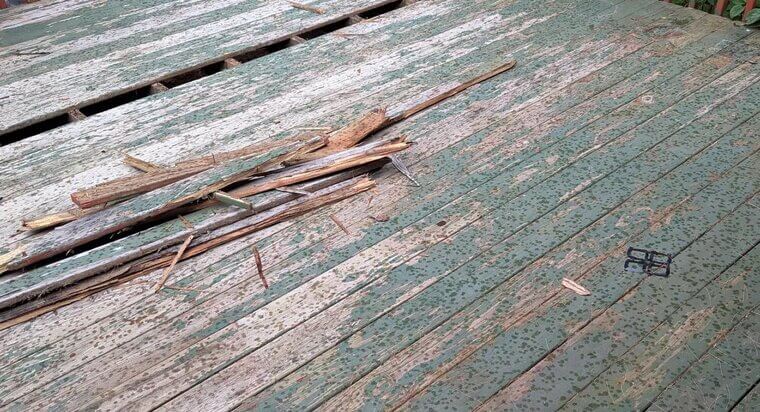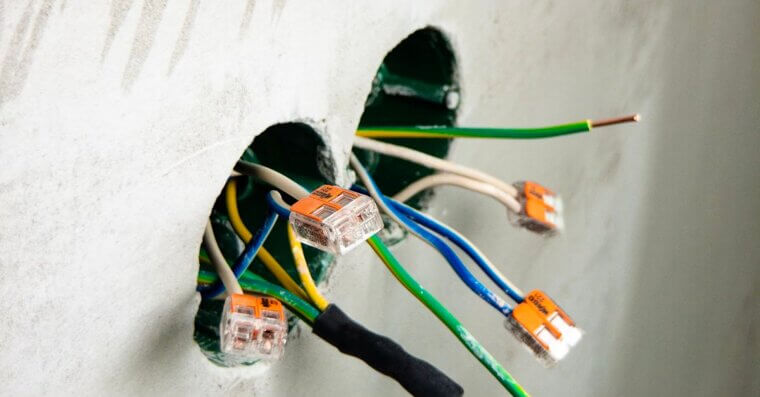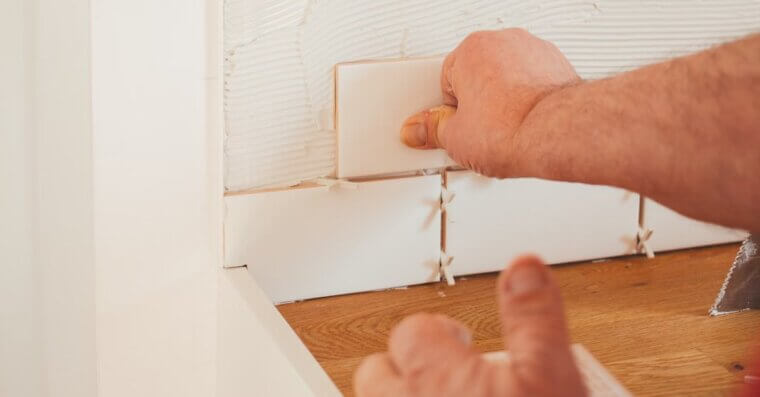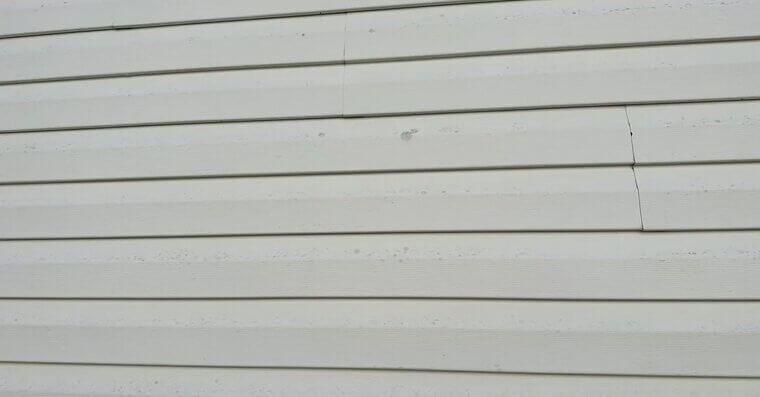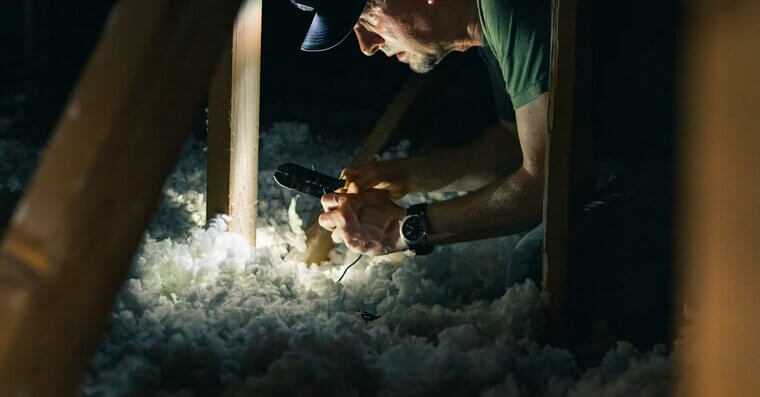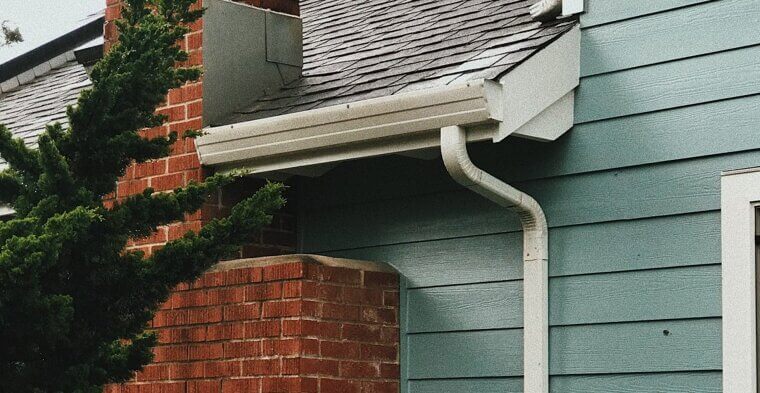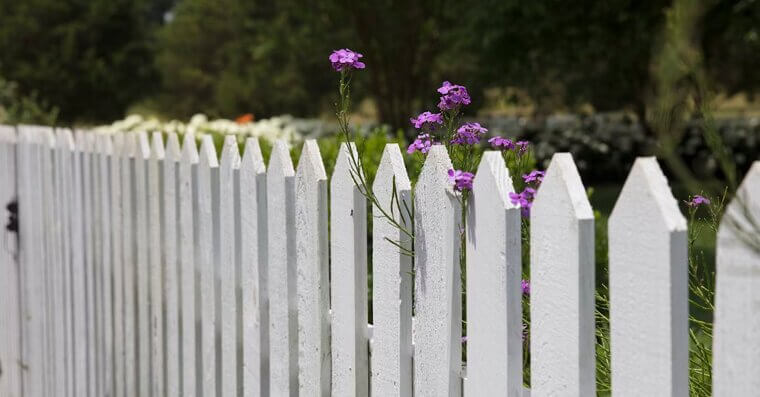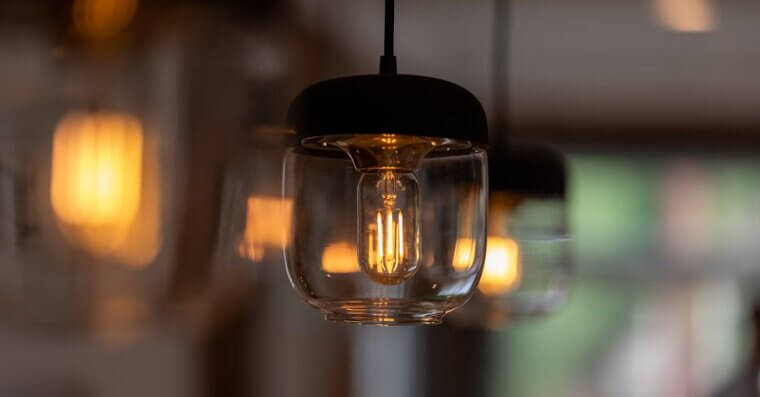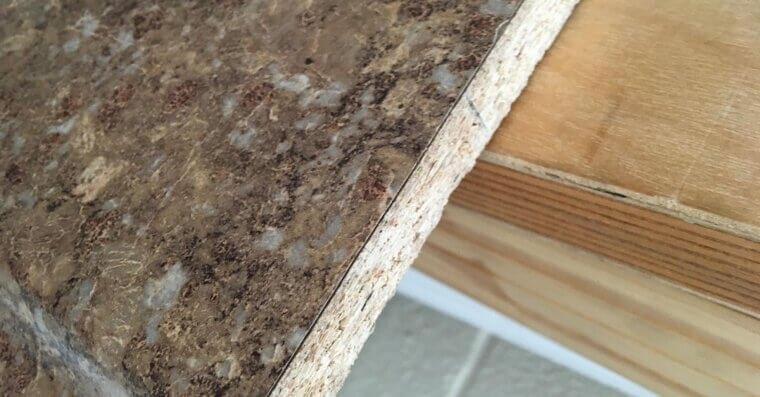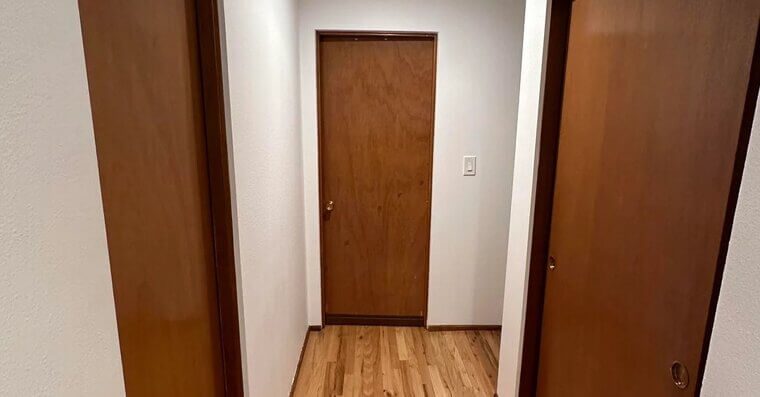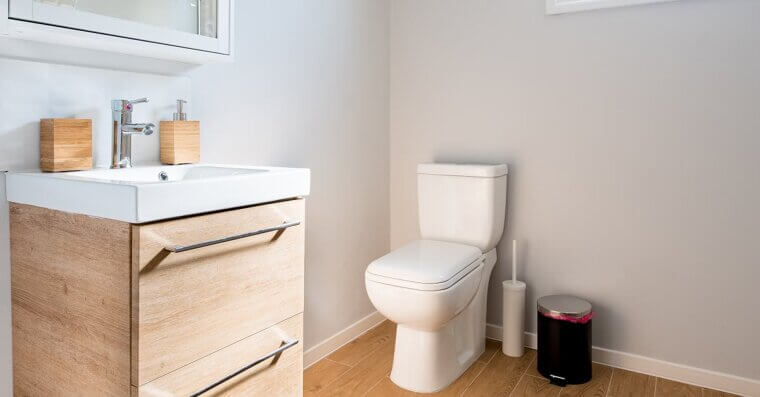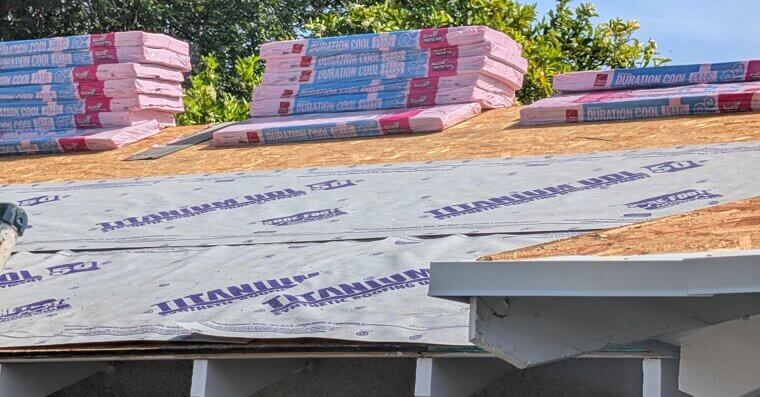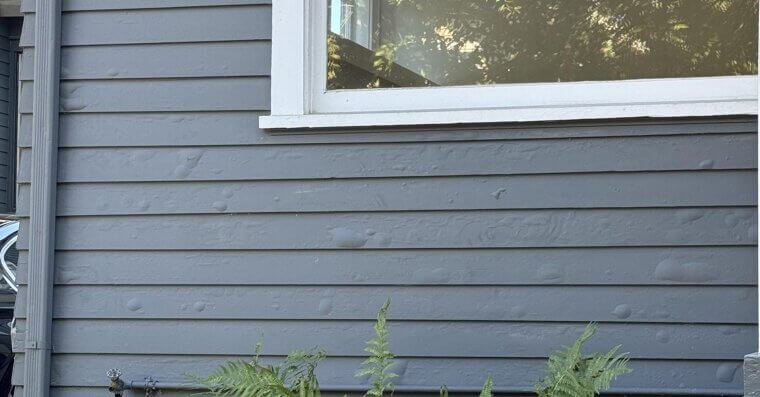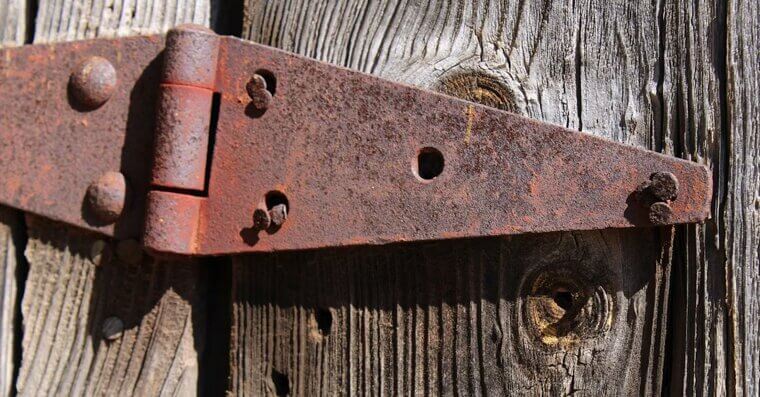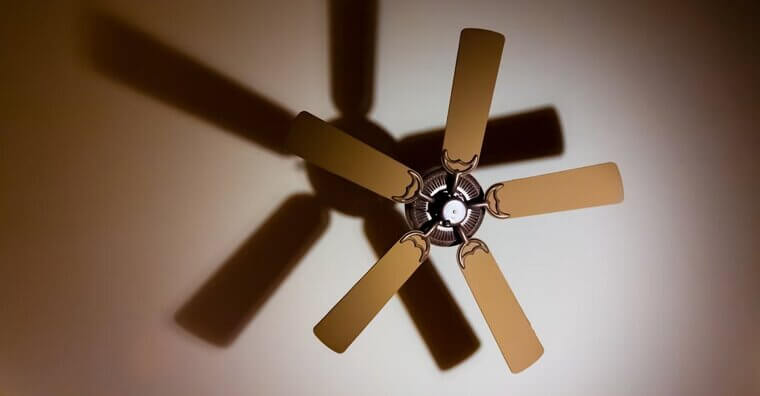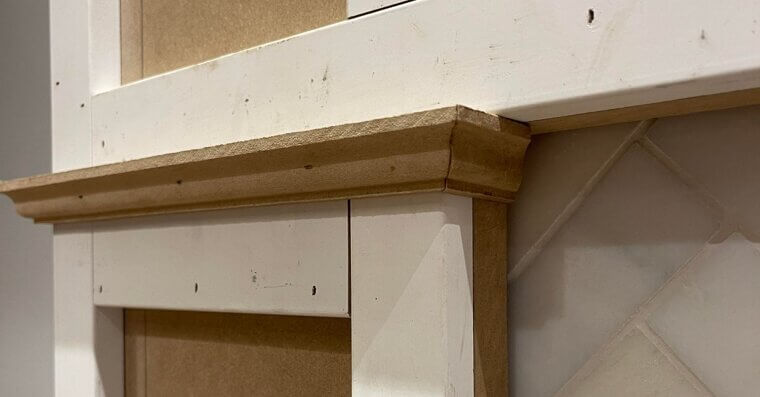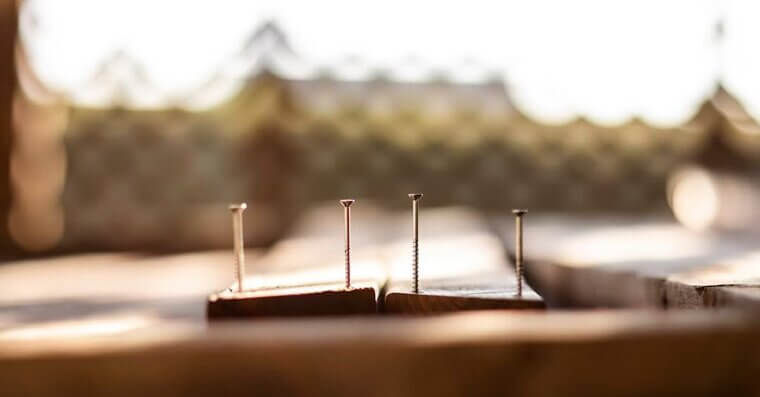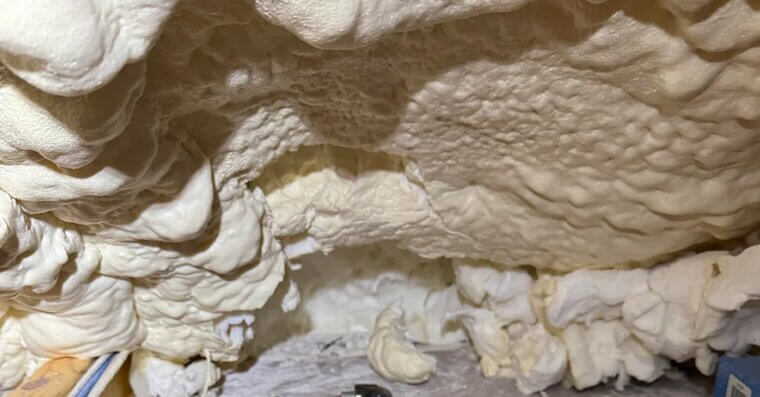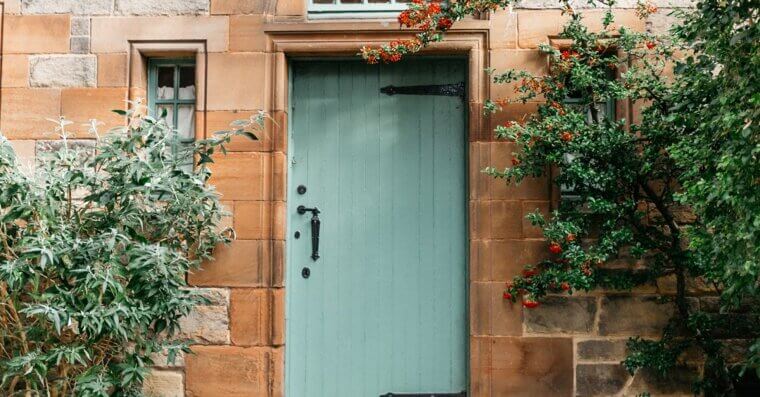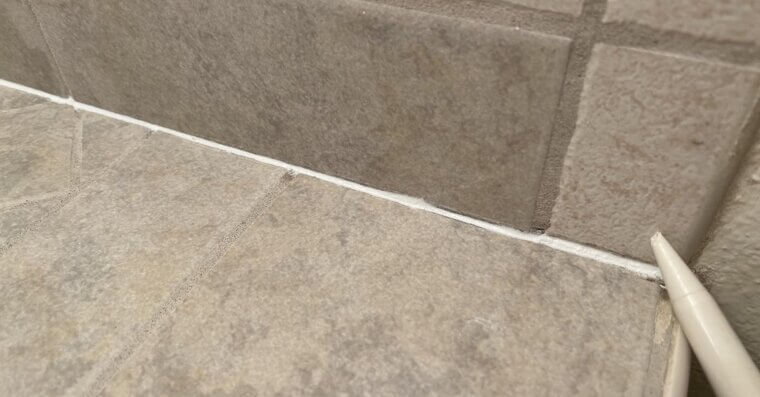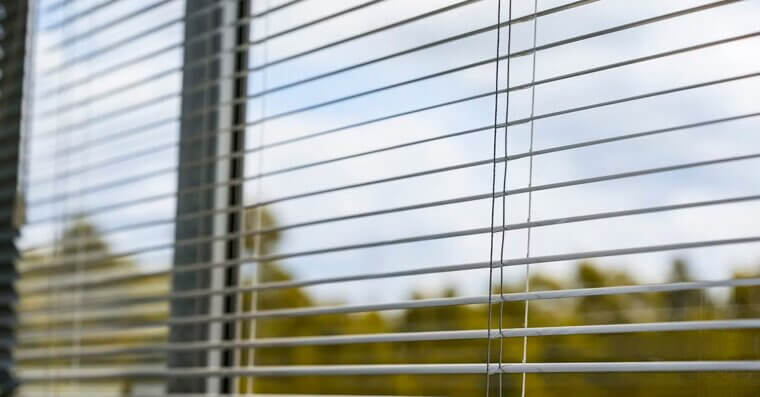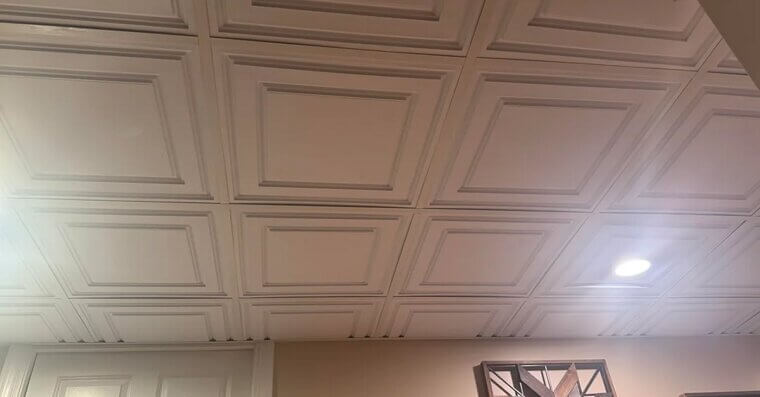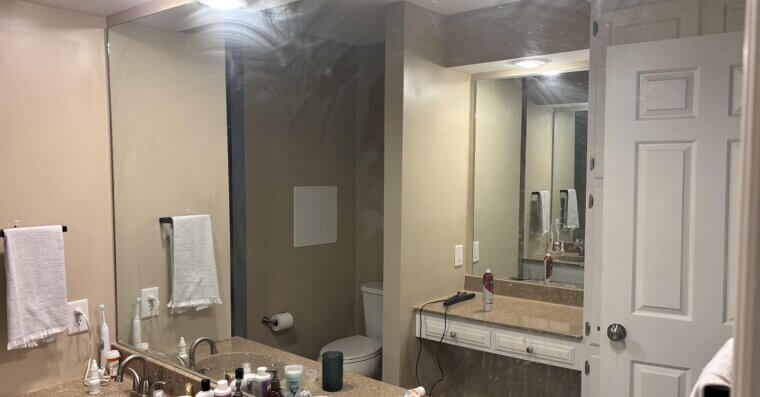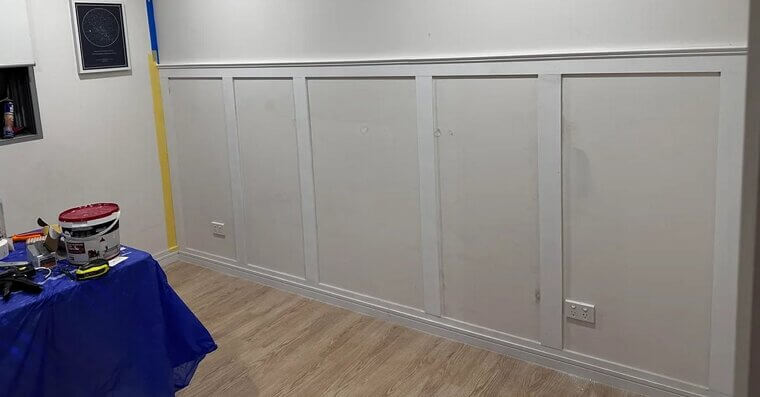Avoid DIY Disasters
Tackling DIY projects yourself instead of calling a pro can feel like a money-saver, but cutting corners on materials often backfires in a big way. That “bargain” flooring, paint, or hardware you grabbed on sale might look fine at first, but it can lead to costly repairs further down the road. What starts as a small project can quickly spiral into thousands in fixes. Here are cheap materials that usually end up costing DIYers much more.
Cheap Laminate Flooring
That bargain laminate looks nice in the store, but it swells, chips, and peels far too quickly. You might save a few hundred dollars upfront, but replacing warped sections or entire rooms over time easily adds up into the thousands.
Inexpensive Kitchen Cabinets
Those particleboard cabinets might seem like a steal, but moisture makes them warp, and there tends to be a lot of moisture in a kitchen. Spending a little extra upfront saves countless hours of frustration and struggling with sticking drawers.
Low-Grade Paint
It’s tempting to grab the cheapest paint at the hardware store, but you’ll regret it. Low-quality paint fades, peels, and chips fast, leaving a ugly mess. Repainting every year or two ends up costing far more than just buying a more expensive paint initially.
Discount Roofing Shingles
Never, ever cheap out when it comes to your roof – it’s the thing that protects you from the elements. Cheap shingles crack, curl, and leak after storms or a few harsh winters. Repairs or a full roof replacement can easily cost thousands, and there go your savings.
Budget Plumbing Fixtures
Doesn’t your bathroom deserve the best fixtures? Yes it does. Cheap ones leak, and even small drips can damage cabinets and flooring. You don’t want to have to redo your entire bathroom just because you cheaped out once.
Plastic Window Frames
Low-cost plastic frames might be easy to install, but they often warp, crack, and fail to seal properly. That leads to drafts and higher energy bills. Replacing them every few years or fixing constant moisture damage can cost a fortune.
Inexpensive Drywall
Your walls are another area where you should spend more money upfront to prevent losing it later. Over time, the cheap drywall solutions cost you way more than quality drywall that stays intact and durable. Always ask around about drywall (try Ace Hardware perhaps) if you have questions.
Cheap Decking Boards
Plenty of people go for pressure-treated pine or low-cost composite boards, but they splinter and rot quickly. Durable composite or hardwood boards may cost more initially, but they save thousands in maintenance and prevent a DIY disaster.
Low-Budget Electrical Wiring
DIYers often skimp on wire to save a few dollars. This is a really, really bad idea. Cheap wiring can overheat or fail entirely, risking a fire in your house. And you don’t have to be warned about the dangers of fire. Use proper materials, no matter the cost.
Cheap Tile
Have you found some nice-looking tile that’s also cheap? Well, if it sounds too good to be true, it probably is. Cheap tiles chip, crack, and sometimes discolor within months, so you should leave them in the clearance bin where they belong.
Cheap Grout
Low-quality grout seems like a good way to save, but it cracks, crumbles, and stains almost immediately. A “quick” DIY tiling job can turn into months of re-grouting. Avoid the stress by spending more upfront, and ask a professional what to do if you’re not sure.
Inexpensive Siding
Vinyl or fiberboard siding on sale might look fine, but it sometimes lets moisture seep into your walls. This can quickly lead to rotting studs and hundreds if not thousands of dollars in repairs. Don’t be lured by cheap prices!
Budget Insulation
Cheap insulation saves money at first, but it compresses and sometimes absorbs moisture. That’s bad. Poor insulation can also lead to drafty rooms, high energy bills, and expensive home repairs. Buy the expensive stuff - your DIY sanity and your house will thank you.
Low-Cost Gutters
Sometimes the cheap option just isn’t worth the risk, and that’s definitely the case with gutters. Thin, flimsy gutters may save a few bucks upfront, but they sag, leak, and collapse under heavy rain. Don’t even think about it if you live in an area with lots of rain.
Cheap Fencing
Low-cost wood or vinyl fences may look fine for a season or two, but then they warp in bad weather or fall over quickly. That’s bad news in terms of safety, and constant repairs or a full replacement can cost thousands. Don’t put yourself through that, always buy the more expensive but better option.
Inexpensive Light Fixtures
This is another thing where electricity is involved, so you need to be careful, and in this case being careful means spending more money. Good-quality lighting is worth every penny and will give you peace of mind that a fire isn’t going to start anytime soon.
Budget Flooring Adhesive
Cheap glue for tile or laminate seems like a good idea if you’re on a budget, but it often fails within months. Tiles lift, laminate shifts, and you end up ripping everything out and starting over. High-quality adhesive costs more upfront but will save you headaches.
Low-End Countertops
Particleboard countertops with thin laminate may chip, peel, or swell when wet – and they’re definitely going to get wet. Replacing damaged sections quickly becomes expensive, and you’ll spend a lot more than you initially saved. Investing in solid surface, granite, or quality laminate is smarter long-term.
Cheap Doors
Hollow-core doors warp and stick easily. Replacing multiple interior doors after cutting corners can quickly cost thousands, far beyond the initial savings. Solid-core doors last longer, feel more substantial, and – the most important aspect for some - look far better.
Budget Bathroom Fixtures
Bathrooms are extremely important, and you should never cheap out on fixtures. That “bargain” bathroom renovation can spiral into a full remodel if the fixtures fail. Spending a little more upfront on durable sinks and baths – not to mention the toilet, which you can’t do without - saves thousands in labor and replacements.
Inexpensive Roof Underlayment
Skipping quality underlayment to save a few bucks is a huge mistake. Cheap underlayment tears, shrinks, or absorbs water, which can lead to leaks and rot. Your roof’s underlayment is critical protection and you should invest in a good one. And always contact a professional should anything seem off.
Cheap Exterior Paint
If you want your house to look nice, you should never cheap out on paint. Buying the cheap stuff means your house will look worse and worse every year and you’ll have to spend a fortune getting it back up to your standards.
Low-Cost Hardware
Cheap hinges, knobs, etc often rust, or snap within months. Replacing dozens of these small parts turns a minor DIY project into an expensive, frustrating ordeal. Investing a little extra in quality hardware upfront ensures your project lasts.
Inexpensive Ceiling Fans
People forget how dangerous ceiling fans actually are. You don’t want one falling on your head, but a really cheap ceiling fan might do exactly that. Be sensible and don’t cheap out when it comes to something with blades.
Budget Wood Trim
Low-quality MDF or soft pine dents, chips, and swells easily. Every nick or moisture spot requires touch-ups, and eventually, the trim may need full replacement. Higher-quality wood trim costs more upfront but holds up better and stays looking nice.
Cheap Deck Screws and Nails
Skimping on fasteners may save a few dollars, but your deck boards loosen, rust, or fail faster than you expect. Loose boards and collapsing sections require costly repairs, and of course there’s the very real problem that someone could get hurt.
Low-Quality Insulation Foam
Cheap spray foam often loses efficiency within months, and poor insulation leads to high energy bills. A higher-quality foam may cost more upfront, but it seals better, lasts longer, and is much kinder to your wallet. If you’re not sure about the ins and outs of insulation, you could always ask a professional.
Budget Exterior Doors
Thin, cheap exterior doors warp, rot, and frankly don’t look very good either. Investing in a durable door upfront may cost more, but it keeps your home secure, energy-efficient, and prevents thousands of dollars in repair costs over time.
Cheap Caulk
Bargain-bin caulk dries out, cracks, and pulls away from surfaces way faster than you’d expect. That means water sneaks into walls and windows, causing rot and mold. Always go for the more expensive option or you could soon find yourself tearing your hair out in caulk-related rage.
Cheap Window Blinds
Bargain bin blinds bend, break, or fade in months. Constant replacements and DIY fixes can add up to far more than investing in durable options on the first try. Don’t be fooled by good salesmen selling inferior products – always go to a trusted store and spend more for better blinds.
Low-End Ceiling Tiles
Cheap tiles stain, sag, or crumble, turning a quick ceiling project into a repeated headache. Replacing them over and over becomes costly, frustrating, and time-consuming. Always buy the highest quality tiles available from a reputable shop.
Budget Stair Railings
Low-cost railings often wobble or bend, and obviously that’s very dangerous. When it comes to something in the house that plays a safety role, you should never cheap out. You’ll feel terrible if a cheap railing falls off while someone is clinging to it.
Inexpensive Bathroom Mirrors
Cheap mirrors warp, silver peels, or edges blacken. This can quickly render you beloved bathroom absolutely hideous. Always buy a well-made mirror, and it could potentially last you the rest of your life. Just make sure you install it correctly to avoid accidents.
Low-Quality Wall Panels
Thin, cheap wall panels will inevitably warp or crack, forcing constant repairs or replacement. High-quality panels cost more but last longer, look better, and save you your hard-earned cash. Show your walls a bit of love.
Cheap Insulation Tape and Sealants
Bargain tape and sealants constantly fail under heat, moisture, or pressure – all things they will of course encounter. Poor seals cause leaks, drafts, and expensive repairs. Investing in quality materials upfront ensures your DIY projects hold together, keep your home efficient, and prevent recurring costs.

